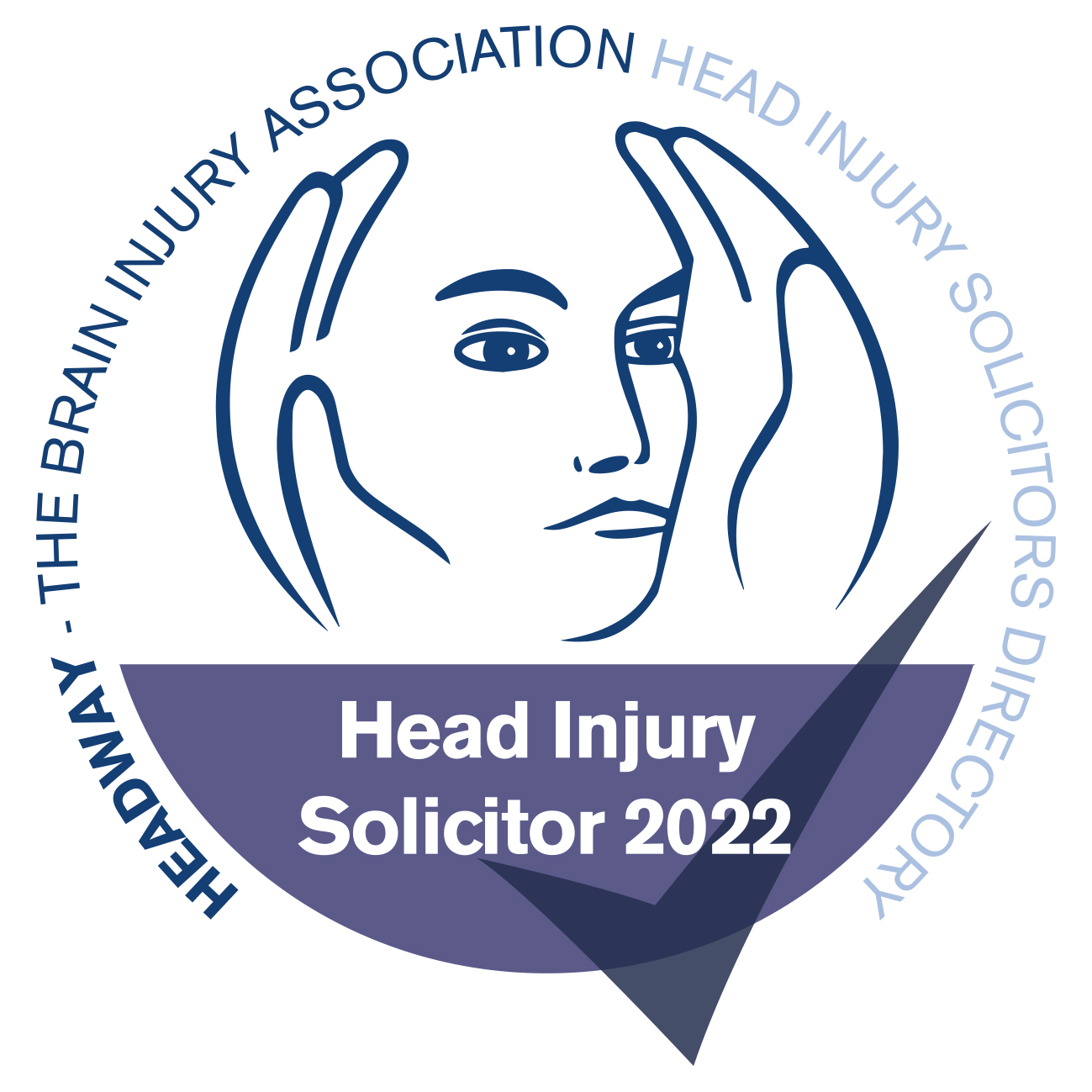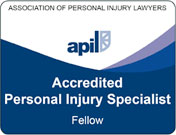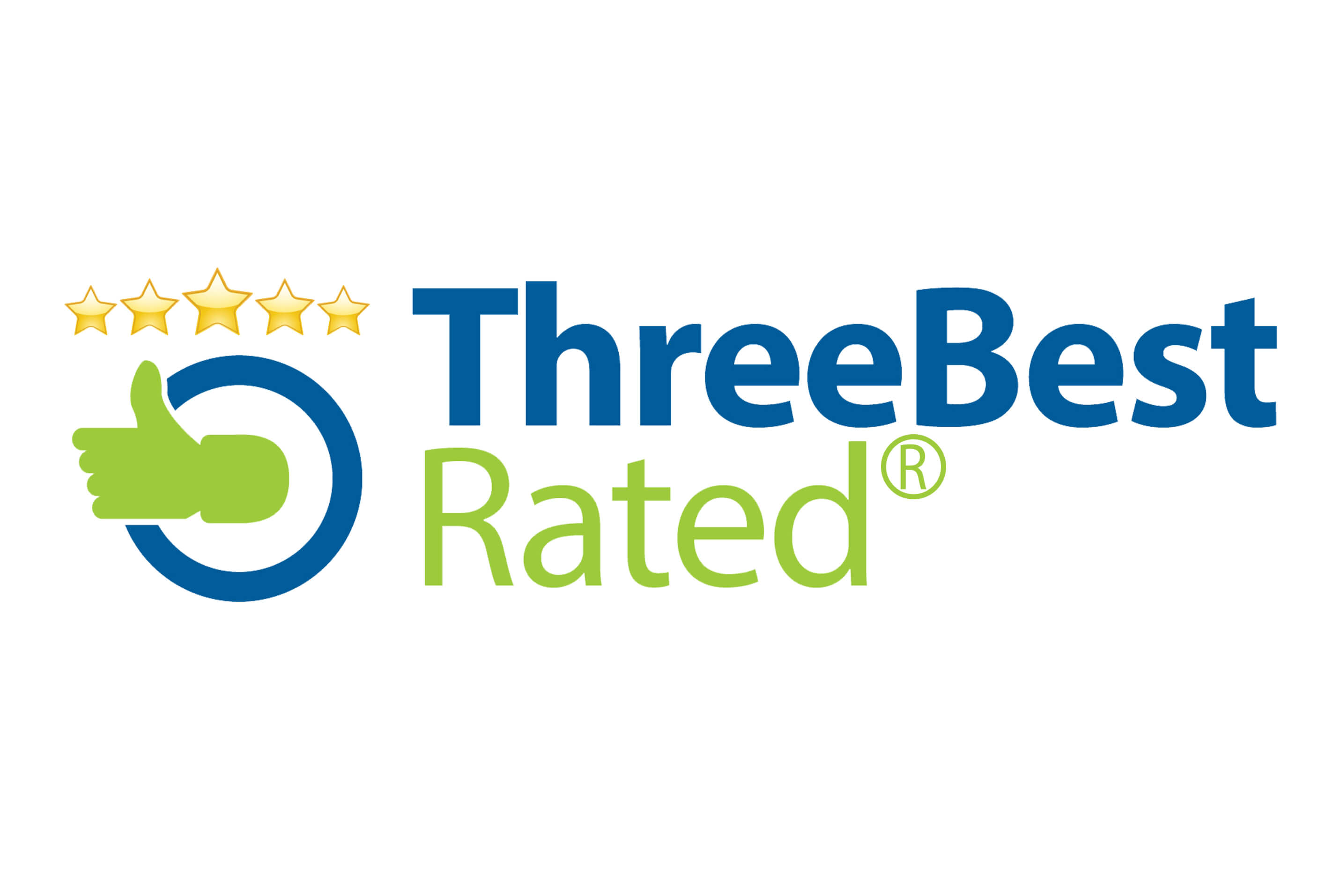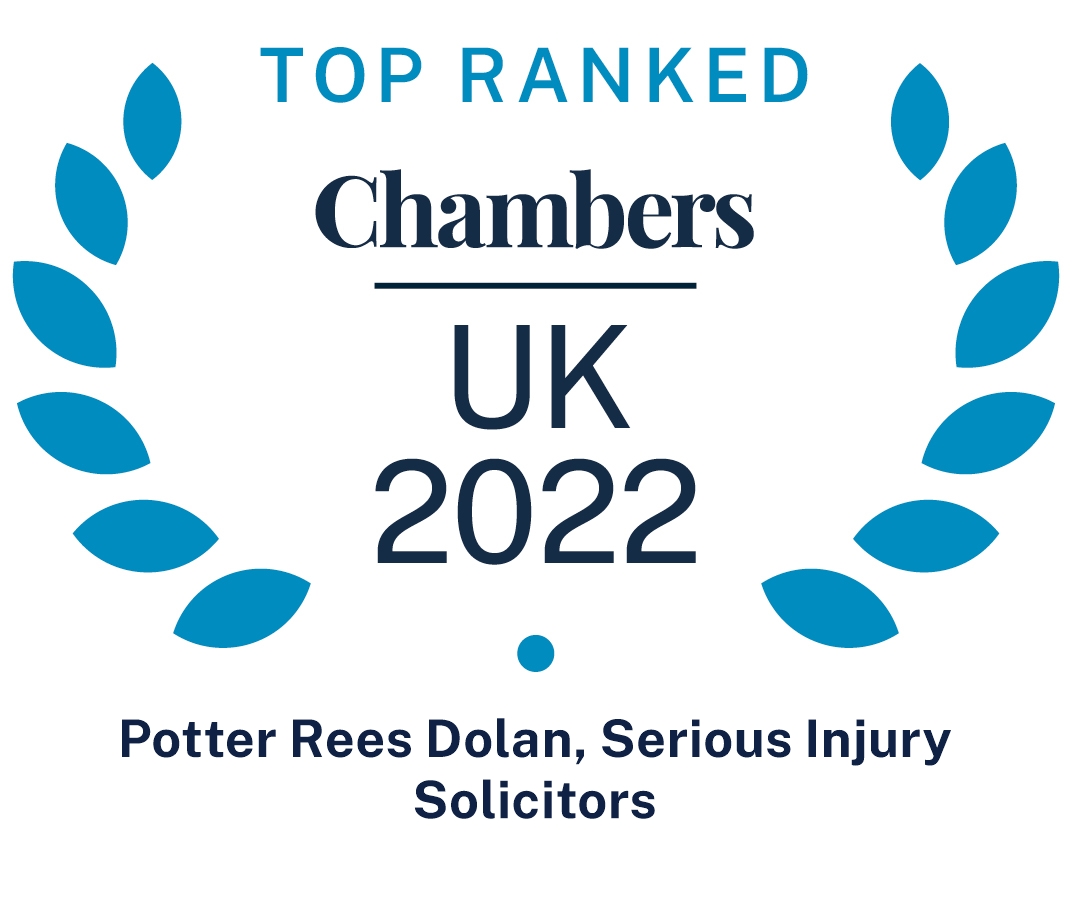Cerebral Palsy Claim Solicitors
Has your child or family been affected by cerebral palsy due to the actions or mistakes of medical staff? If so, you may be eligible to make a cerebral palsy compensation claim, and Potter Rees Dolan can help you claim the compensation you deserve.
Cerebral palsy can arise after poor or negligent medical care, either before birth or after. This is a serious situation that can lead to conditions such as spastic palsy to quadriplegia, affecting your family for many years. Potter Rees Dolan’s experts are able to fight your case and get the justice that your family is owed when it comes to cerebral palsy claims.
If you are planning to make a cerebral palsy claim with Potter Rees Dolan, call us today on 0800 027 2557 for a confidential chat to discuss your experience. Alternatively, fill in our contact form to request a call back.
Am I eligible for a cerebral palsy claim?
If you believe that your child has been left with cerebral palsy or a related condition as a consequence of substandard care given to you and your child during or after birth, you may be eligible to make a cerebral palsy claim.
Cerebral palsy is caused by a number of possible factors. These include:
- Brain bleeding
- Reduced blood supply to the baby’s brain
- Infection during pregnancy
- Oxygen cut off (asphyxiation)
- Meningitis
- Head injury
By seeking a claim, your family can gain the security of financial support to help pay for specialist healthcare, loss of work and continued care into the future. This can have a transformative effect, allowing you to move forward with your lives.
Funding sourced from a successful claim can also go towards making your home a better place for your child, paying for renovations, equipment and furnishings to accommodate your family’s needs.
Our cerebral palsy claim services
Very few of the families we represent have much experience dealing with the legal system. We think that it is important to keep our clients informed, and we are able to explain every single stage in detail.
We will usually follow the steps below during your claim:
- First, we will discuss the circumstances of how your child came to be injured in detail and help you understand whether there is a case or not. We will help you gather all of the necessary evidence to build a strong case and give you as your child’s legal representative the best chance of recovering the right amount of compensation.
- The first step is the medical records; the maternity notes and the baby’s notes. We will go through them with you in depth, before instructing independent experts to provide advice on whether there has been substandard treatment.
- There will be a meeting with your experts and the legal team including your barrister to discuss the merits of the case. We then follow a protocol and notify the hospital responsible of the failings identified, and they have time to carry out their own investigation and reply.
- If no concrete admissions are made, we may need to take the step bringing formal proceedings against the hospital trust. The court then delivers a timetable for all to follow.
- Where possible, and where there have been admissions of neglect, we work towards obtaining early interim awards. For cerebral palsy claims, interim payments can make a real difference, allowing claimants to put care and therapeutic support in place as soon as possible. We will also aid you in purchasing a wheelchair-accessible home and appropriate enabling equipment at the earliest opportunity.
Why should I choose Potter Rees Dolan?
At Potter Rees Dolan, we are committed to investigating possible claims for medical negligence by leveraging the full extent of our legal expertise. As one of the UK’s best-regarded clinical negligence teams, we have extensive experience dealing with sensitive cases and achieving maximum award settlements.
With more than 60 years of experience across our team, we understand that families need someone qualified to steer their case to success. Families require a helping hand in dealing with legal issues so that they can get back to the things that truly matter to them, and we are well-known for our dedication to customer service and care, offering continued contact throughout the claim process.
Potter Rees Dolan has been regularly featured in the highly regarded Legal 500 and Chambers directories, and our team leaders Helen Dolan, Lesley Herbertson and Gill Edwards have been given high recommendations on a national level.
To learn more about how we can help you, take a look at our past case wins, including the £10.6 million agreed for a young boy diagnosed with cerebral palsy or the case of cerebral palsy that resulted in an £11 million compensation settlement.
Contact us today
Call us on 0800 027 2557 to find out more about making a cerebral palsy compensation claim with Potter Rees Dolan. Our highly experienced team is ready to get you the help and support you deserve.
If you’d like one of our solicitors to give you a call back, fill out the form on this page, or visit our contact page. If there is someone specific at the firm you would like to speak to, visit their profile on our people page.
FAQs
How is cerebral palsy diagnosed?
To determine whether a child may have suffered a brain injury during the birth process, every newborn baby is assessed at birth and given an Apgar score.
This involves carrying out a test to determine the health of a baby, usually one minute after birth and again five minutes after birth. The name is derived from the criteria of the test: Appearance (skin colouration), Pulse (heart rate), Grimace (reflexes), Activity (muscle tone) and Respiration (breathing rate and effort)
Scores of between 0-2 are given for each of the criteria and then added together. Scores of 7 and above are considered healthy, while lower scores could indicate that the baby might have a hypoxic neurological injury and is at risk of developing cerebral palsy. A low Apgar score might result in a newborn being sent for cooling in order to limit the brain damage caused by hypoxia, which can reduce the severity of any subsequent cerebral palsy.
You can find out more on this topic through our dedicated Apgar score glossary page.
In many cases, however, the condition is not diagnosed immediately. Often, further investigation is only prompted by the parents’ instincts, or their anxiety that their baby is not developing healthily. Usually, these additional tests to reach a diagnosis will include:
- MRI scans
- Ultrasound scans
- CT scans
- Blood tests
What are the causes of cerebral palsy?
The condition occurs when the brain develops abnormally during, or shortly after, birth.
One known cause of the condition is periventricular leukomalacia (PVL), which describes damage to the white matter of the baby’s brain. It is believed that this occurs because of a reduction in the child’s blood or oxygen supply. Experts have linked this to:
- Premature or difficult birth
- Infections caught by the mother during pregnancy
- Abnormal blood pressure in the mother
It can also be caused by a stroke, which leads to bleeding in the baby’s brain. This could happen as a result of:
- High blood pressure in the mother
- Abnormalities in the baby’s blood vessels or mother’s placenta
- Abnormal development of the baby’s brain due to mutations in key genes, an infection caught by the mother or an injury to the baby’s head
- Temporary oxygen deprivation (asphyxiation)
- Low blood sugar levels
What are the symptoms and complications of cerebral palsy?
Symptoms of cerebral palsy include:
Muscle stiffness or floppiness
Muscle weakness
Random and uncontrolled body movements
Balance and coordination problems
These symptoms usually become apparent during the first three years of a child's life, and can vary from person to person. The severity of the symptoms often differs, with some only experiencing mild problems, while others are left severely disabled.
The condition can also lead to a range of associated medical problems, including:
- Difficulty speaking
- Hearing loss
- Visual impairment
- Gastroesophageal reflux disease (GORD)
- Seizures or fits (epilepsy)
- Constipation
- Drooling and swallowing difficulties (dysphagia)
- Hip dislocation or an abnormally curved spine (scoliosis)
- Bladder control problems (urinary incontinence)
- Learning difficulties (although intelligence is often unaffected)
Useful Information
Apgar Score
The Apgar Score, developed in 1952 by an
The test is carried out by a doctor, midwife or nurse in the delivery
It is called the Apgar Score because it checks for Appearance (skin
The scoring system
Each of the criteria is given a score of 0, 1 or 2 and then added together to generate a total score out of 10, which gives an idea of the overall health of the baby.
The scoring system works as follows:
Appearance:
- Normal
colour all over (hands and feet are pink) = 2 points - Normal
colour (but hands and feet areblue-ish ) = 1 point - Blue-
ish -grey or pale all over = 0 points
Pulse:
- Normal (above 100 beats per minute) = 2 points
- Below 100 beats per minute = 1 point
- Absent (no pulse) = 0 points
- Grimace (responsiveness or ‘reflex irritability’):
- Pulls away, sneezes, coughs or cries with stimulation = 2 points
- Facial movement only (grimace) with stimulation = 1 point
- Absent (no response to stimulation = 0 points
Activity:
- Active, spontaneous movement = 2 points
- Arms and legs flexed with little movement = 1 point
- No movement - ‘floppy’ muscle tone = 0 points
- Respiration:
- Normal rate and effort, good cry = 2 points
- Slow or irregular breathing, weak cry = 1 point
- Absent (no breathing) = 0 points
The majority of newborns are scored between seven and 10, meaning they do not require any immediate treatment. Scores of 10 are unusual, because most newborns will lose a point for having blue hands and feet, which is typical after birth.
Scores lower than seven suggests the baby needs medical attention, and if the score remains low after multiple tests, then there is a risk that the child will suffer longer-term neurological damage.
Erb's Palsy
This condition is usually caused by a traumatic childbirth where the baby's arm is
Erb's Palsy, or otherwise known as brachial plexus paralysis, can occur if the infant's head and neck are pulled toward the side at the same time as the shoulders pass through the birth canal.
The condition can also be caused by excessive pulling on the shoulders during a cephalic presentation (head first delivery), or by pressure on the raised arms during a breech (feet first) delivery.
Other causes can include a raised BMI of the mother at
The child is usually unable to abduct the arm from the shoulder, rotate the arm externally from the shoulder or supinate the forearm giving them a 'waiter's tip' appearance.
Hand grasp in children with Erb's Palsy is usually normal unless the lower part of the plexus is also damaged.
Some babies recover on their
Emergency Caesarean Section
This procedure is usually carried out when a normal vaginal delivery would put the mother or the baby at risk.
However, an emergency caesarean is performed when circumstances before or during
A caesarean section is usually carried out under an epidural or a spinal
The risks to the mother in a caesarean section can include an infection of the wound or the womb lining, a blood clot (thrombosis) in the legs or excess bleeding.
Doctors now give the mother a dose of antibiotics before the operation to reduce the likelihood of any infections.
Risks to the baby during a caesarean, according to the NHS, are no greater than a normal vaginal
Hypoxic-Ischemic Encephalopathy (HIE)
This brain injury occurs in newborn babies and is caused by oxygen deprivation to the brain, also known as intrapartum asphyxia.
Although a newborn's body can manage for brief periods of time with reduced oxygen, if it lasts too long then the brain tissue is destroyed.
Hypoxic-ischemic encephalopathy due to fetal or neonatal asphyxia is a leading cause of death or severe impairment among infants.
Effects of this brain injury can include delays in neuro-development, cognitive impairment and epilepsy; the area of the brain injury can depend on the timing and severity of the asphyxia.
MRI scans are usually performed once hypoxic-ischemic encephalopathy is suspected to aid diagnosis.
Although there is no definite cure for HIE. any treatment includes helping the child adapt to symptoms of the brain injury and physical and occupational therapy is commonly used.















